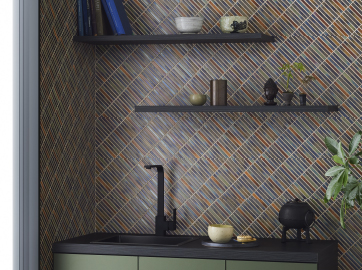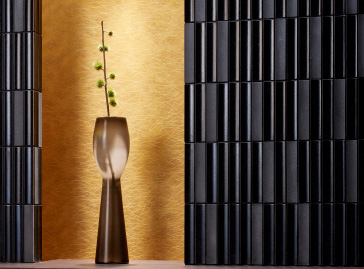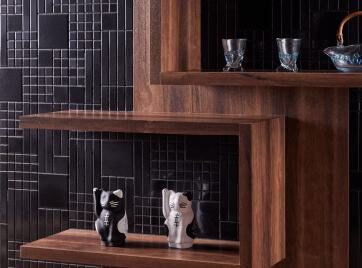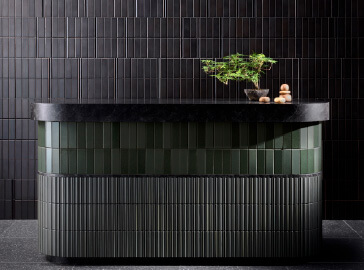Special Editions 06

In Japan, there is a saying that appreciates the beauty of nature: “Ka(flower), Cho(bird), Fu(wind), Getsu(moon)”. It is precisely because Japan has four distinct seasons that we find moving beauty not only in plants and creatures, but also in natural phenomena such as the moon and the wind, and our hearts of love appear.
I captured the atmosphere born from this aesthetic sense and expressed it with JTW tiles. Through JTW, please feel the gaze of nature that the Japanese have cherished.
Index
Spring UME NI UGUISU
UME NI UGUISU


Source of inspiration
“Ume ni Uguisu” is a symbol to herald the coming of spring in Japan.
A Japanese bush warbler (Uguisu) plays on plum (Ume) blossoms. It is a symbol that herald the coming of spring. Its dainty figure has been a traditional motif as a spring season of Japanese poetry and painting. The light tones of spring evoke the joy of the season of budding life, and it was expressed in traditional Japanese colors.


Summer KAKITSUBATA-GUNRAKU
KAKITSUBATA-GUNRAKU


Source of inspiration
Irises folding screens (by Korin Ogata / National Treasure).
Click here for the National Treasure “KAKITSUBATAZU” (Owned by the Nezu Museum)
Japanese irises (Kakitsubata) bloom in early summer, this flower has been popular with Japanese people from a long time ago. And it has been the subject of Japanese poetry and painting. A representative example is the “Kakitsubatazu” drawn in the Edo period. Inspired by this painting, this bathroom was expressed in only 3 colors of deep blue, deep green and majestic golden.


Autumn CHUSYU NO MEIGETSU
CHUSYU NO MEIGETSU


Source of inspiration
An autumn tradition of admiring the Harvest Moon.
In Japan, there is a custom of looking at the beautiful moon called “Otsukimi”. In the autumn night with clear air, there is an event called “Chusyu no Meigetsu”. The people offer silver grass to ward off evil spirits and offer moon-viewing dumplings to express the joy of the harvest. The darkness of the autumn night is represented by the black of YUMON, and the shining full moon is represented by the shoji round window.


Winter SECHU-TSUBAKI
SECHU-TSUBAKI


Source of inspiration
A camellia flower in the snow with the “Wabi-Sabi” spirit.
The red flowers of camellia (Kan-Tsubaki) show a dignified appearance in the pure snowscape. This atmosphere that has been loved by tea masters since ancient times, it is exactly the world view of “Wabi-Sabi” that captures richness and depth in silence. A single red camellia flower was added to the image of falling snow created by BIYUSAI White. It is filled with the original taste of Japanese pottery.


Other tile ideas for Japanese style.
Catalog

Archives

Special Editions 01
JTW Collaborated with
Japanese Floral Art
2020 Spring

Special Editions 02
Upgrade your interior
with JTW tiles
2020 Autumn

Special Editions 03
Enjoy your Stay Home
with JTW tiles
2021 Spring

Special Editions 04
Required“HEALING”
2021 Autumn

Special Editions 05
Cast dramatic magic
on space
2022 Spring

Special Editions 07
Hospitality in Japanese
Architecture
2023 Spring

Special Editions 08
"JTW" refines scenes of daily life.
2023 Autumn

Special Editions 09
A meeting of fate with
other materials
2024 Spring

Special Editions 10
Connect naturally
2024 Autumn

Special Editions 11
Neo-Impressionism by JTW
2025 Spring

Special Editions 12
“Resonance”
The combinations of tiled wall and tiled counter
2025 Autumn











